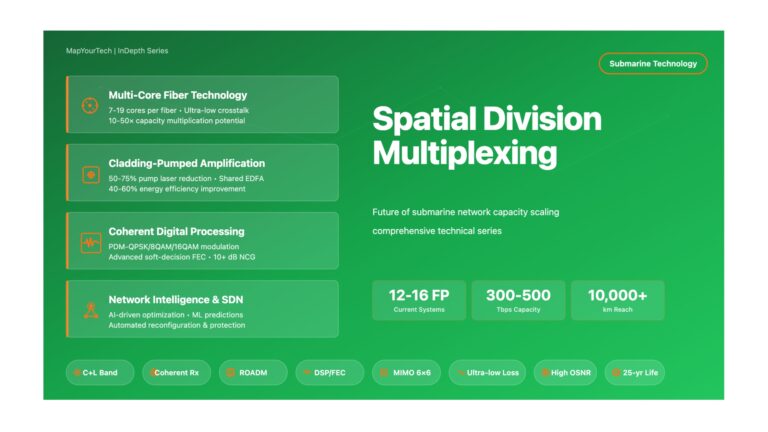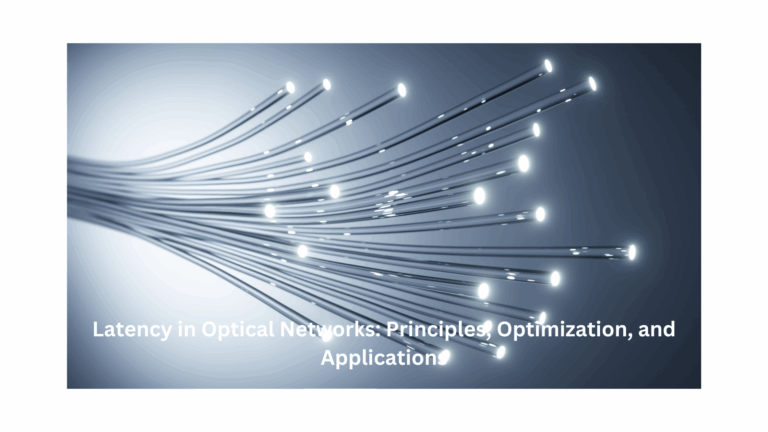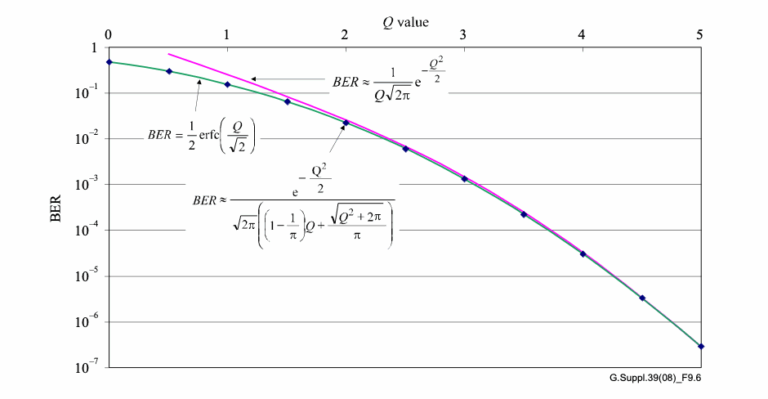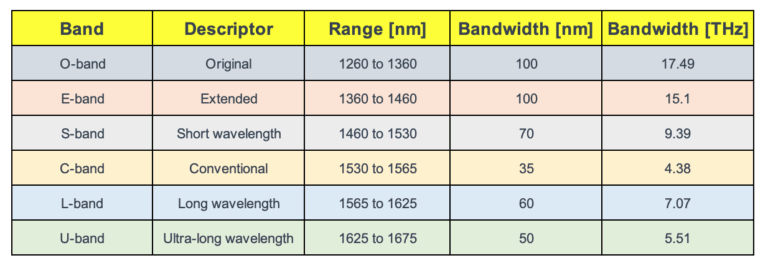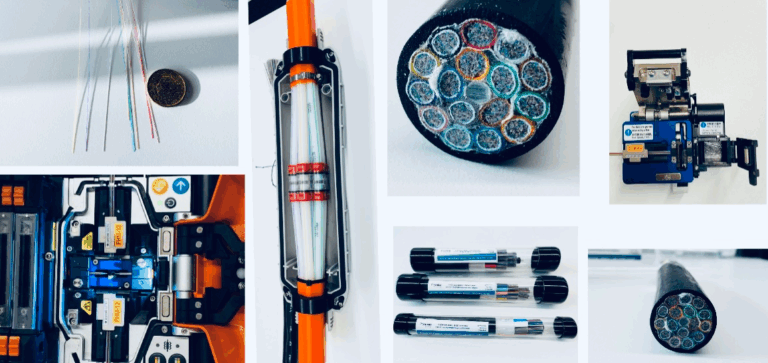HomePosts tagged “Fiber optics”
Fiber optics
Showing 1 - 10 of 11 results
Spatial Division Multiplexing: Future of Submarine Network Capacity Spatial Division Multiplexing: Future of Submarine Network Capacity Exploring the Next Generation...
-
Free
-
November 30, 2025
Table of Contents 1. Introduction and Background 2. Fundamentals of Latency in Optical Systems 2.1 Physical Principles of Latency 2.2...
-
Free
-
April 9, 2025
The world of optical communication is undergoing a transformation with the introduction of Hollow Core Fiber (HCF) technology. This revolutionary...
-
Free
-
March 26, 2025
Optical Amplifiers (OAs) are key parts of today’s communication world. They help send data under the sea, land and even...
-
Free
-
March 26, 2025
Signal integrity is the cornerstone of effective fiber optic communication. In this sphere, two metrics stand paramount: Bit Error Ratio...
-
Free
-
March 26, 2025
While single-mode fibers have been the mainstay for long-haul telecommunications, multimode fibers hold their own, especially in applications where short...
-
Free
-
March 26, 2025
When we talk about the internet and data, what often comes to mind are the speeds and how quickly we...
-
Free
-
March 26, 2025
Introduction The telecommunications industry constantly strives to maximize the use of fiber optic capacity. Despite the broad spectral width of...
-
Free
-
March 26, 2025
Optical Fiber technology is a game-changer in the world of telecommunication. It has revolutionized the way we communicate and share...
-
Free
-
March 26, 2025
Carrier Ethernet: A Formal Definition The MEF (Metro Ethernet Forum) has defined Carrier Ethernet as the “ubiquitous, standardized, Carrier-class service defined by five...
-
Free
-
March 26, 2025
Explore Articles
Filter Articles
ResetExplore Courses
Tags
automation
ber
Chromatic Dispersion
coherent optical transmission
Data transmission
DWDM
edfa
EDFAs
Erbium-Doped Fiber Amplifiers
fec
Fiber optics
Fiber optic technology
Forward Error Correction
Latency
modulation
network automation
network management
Network performance
noise figure
optical
optical amplifiers
optical automation
Optical communication
Optical fiber
Optical network
optical networking
Optical networks
Optical performance
Optical signal-to-noise ratio
Optical transmission
Optical transport network
OSNR
OTN
Q-factor
Raman Amplifier
SDH
Signal amplification
Signal integrity
Signal quality
Slider
submarine
submarine communication
submarine optical networking
Telecommunications
Ticker

